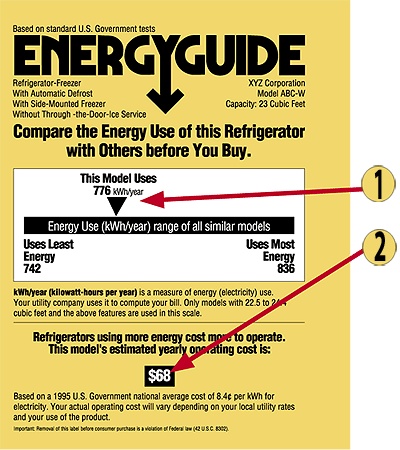As an agent in the Reno/Sparks Real Estate Market, I am constantly asked what is the easiest/best way to keep home operating costs down (i.e. the power bill). This of course is somewhat of a loaded question. The ways in which to reduce your utility bills are numerous. Nonetheless, I usually start by asking how old their appliances are and how efficient are they?
For a standard residence, lighting and appliances (i.e. washers, dryers, refrigerators, stoves and dishwashers) account for roughly 45% of a homes energy cost. With this in mind it’s easy to see that this cost represents a substantial portion of your homes operating cost. So the question really becomes: How can we keep this number as low as possible?
Now obviously, we could clean our clothes in a wash tub and cook our meals in a fire pit in the backyard (most Reno/Sparks HOA’s would probably have a coronary). However, that may not be conducive to our lifestyles. So essentially, we need to use more efficient appliances. But how do you tell what is good and what is bad?
Fortunately, the Federal Government requires that “Energyguide” labels be place on all new appliances

1. Refers to the estimated energy consumption for the model you are looking at as it relates to other like units.
2. Refers to the estimated annual cost to operate this appliance. The cost per kilowatt hour used is based on a national average. Your local utility bill will have the exact cost. In order to calculate your yearly cost, simply multiply the KWh/year (#1) by your local KWh per hour cost.
You may also wish to be on the lookout for “Energy Star” products. As a general rule these products are 15-20% more efficient than standard appliances:
For a list of “Energy Star” products see: http://www.energystar.gov/index.cfm?fuseaction=find_a_product
Initial cost for Energy Star may be higher than the standard brand. However, the average lifespan of a home appliance is 10 to 15 years; as such, you can easily recoup the higher initial cost in a short period of time.
